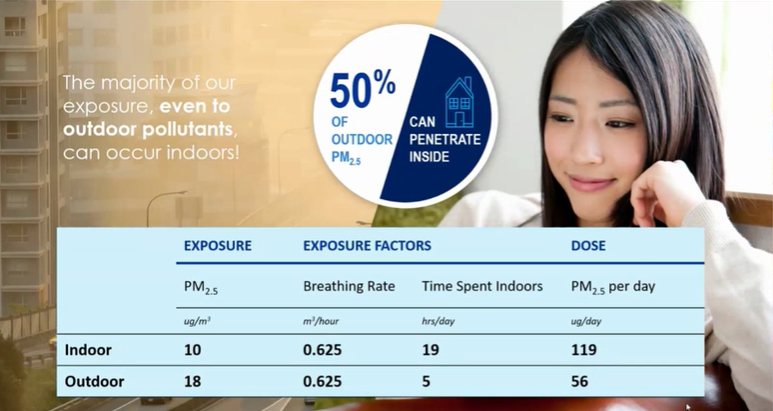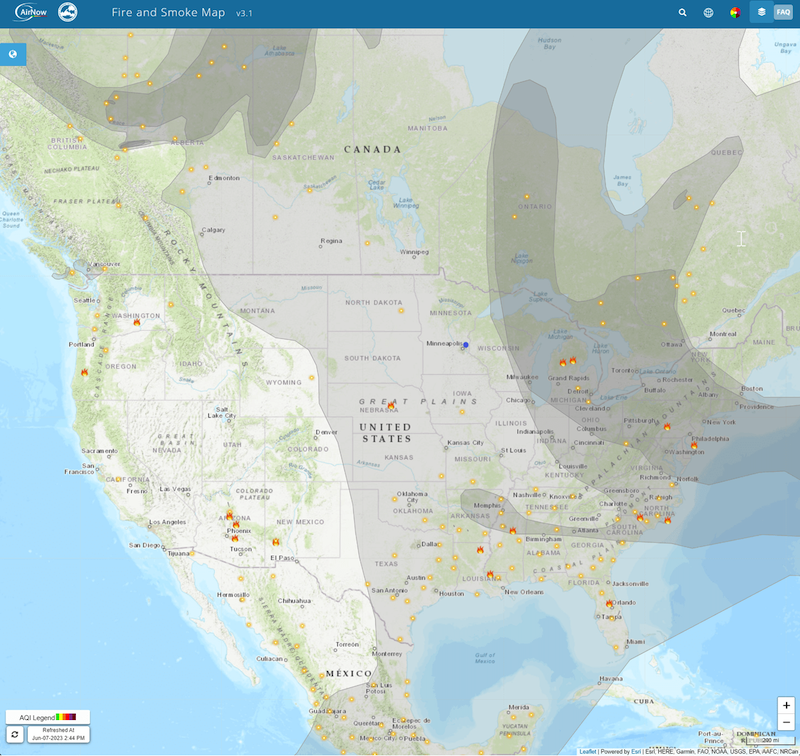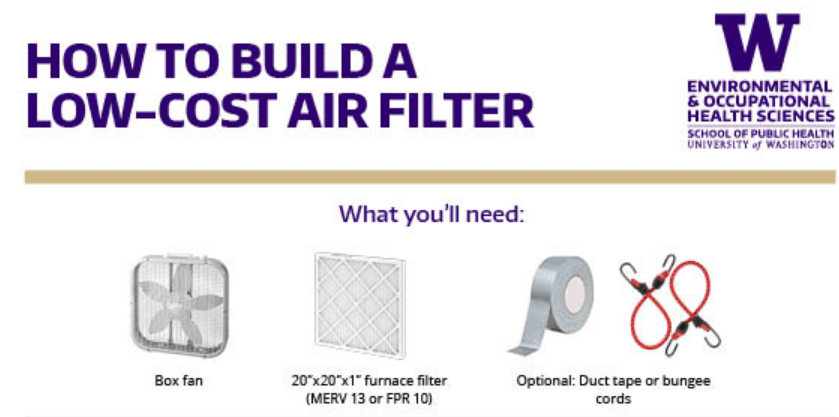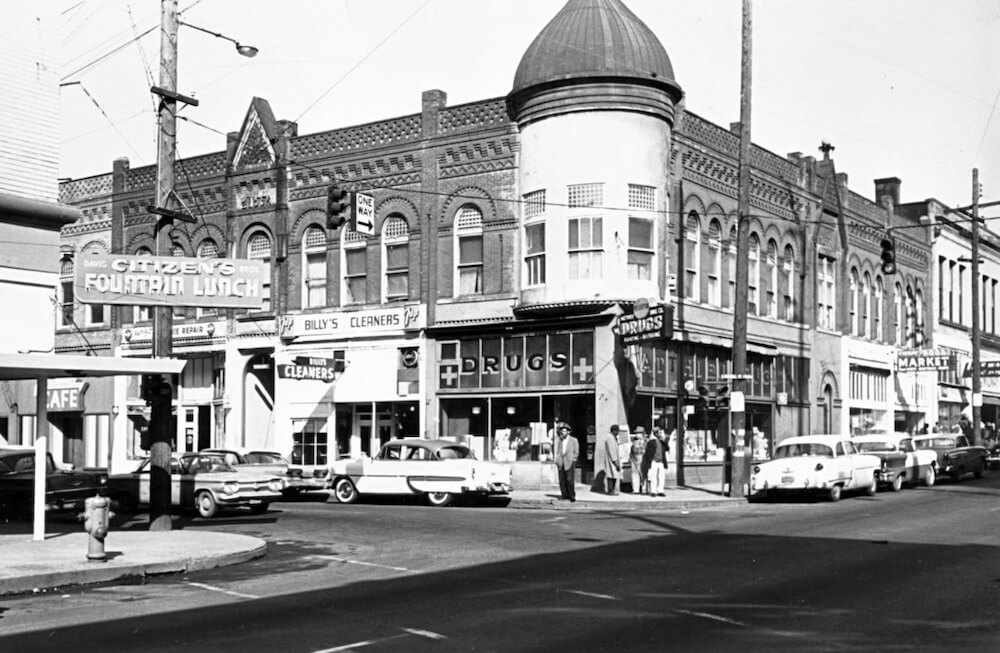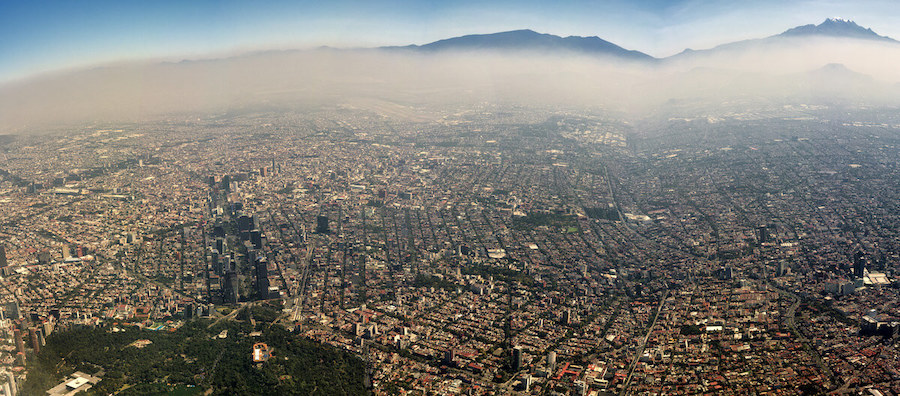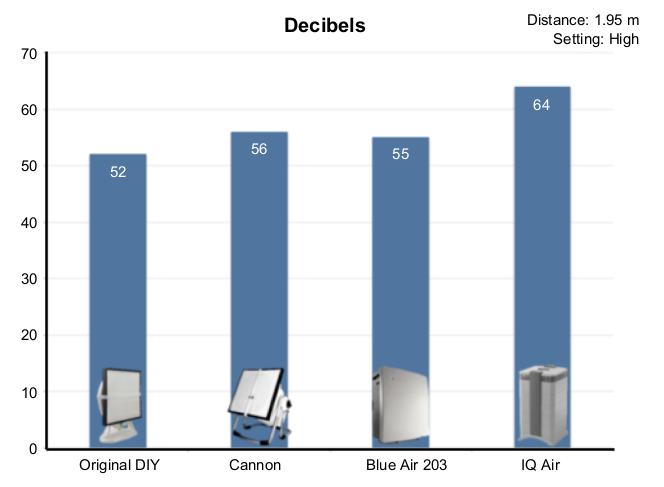
Our Homes, Our Selves: Research Pending on Indoor Air Quality Post-Wildfires
These wildfires not only caused physical destruction but also left a lasting impact on the air quality within homes. The Harvard study aims to assess the indoor concentration of pollutants like particulate matter and chemical gases from everyday items (aka VOCs) and from being burned incompletely (aka PAHs). Understanding these impacts will inform how we address indoor spaces after the wildfire smoke is gone.
